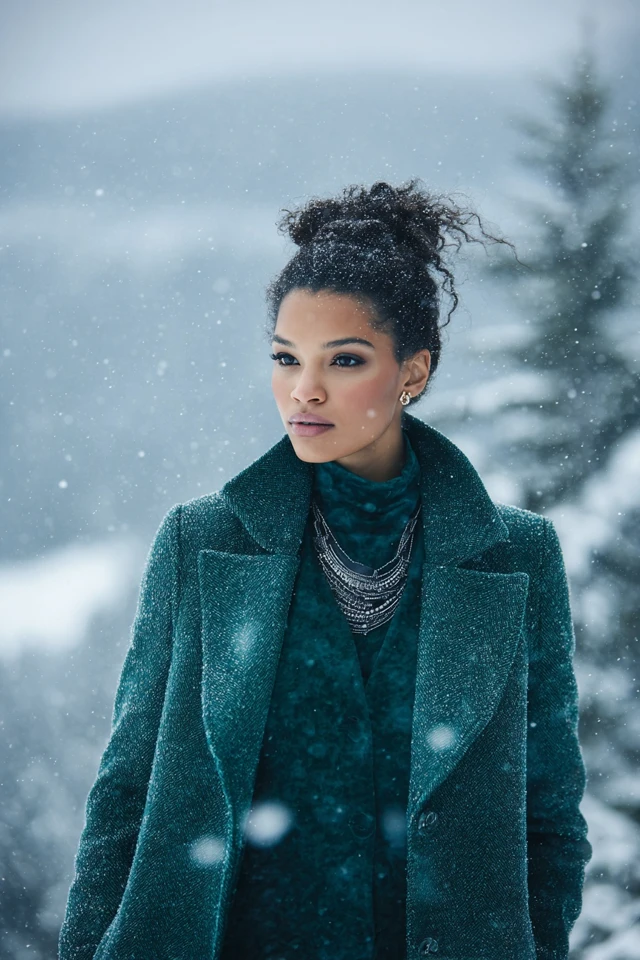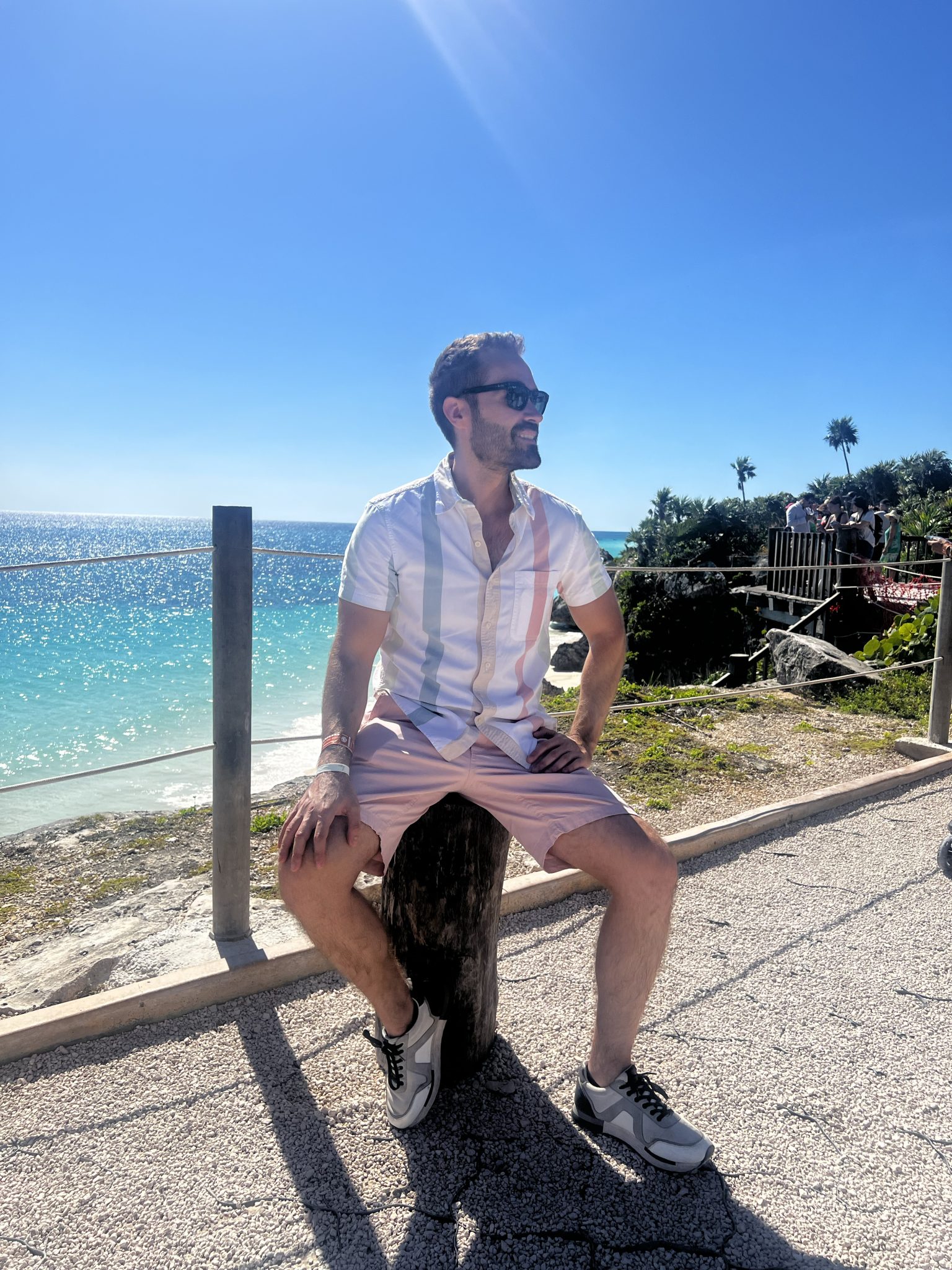Introduction
Walking into my office on a crisp winter morning, I noticed something as simple yet profound as my outfit’s subtle layering transformed not only how colleagues greeted me but how I felt throughout the day. It wasn’t just about warmth; it was the confidence of choosing pieces that communicated professionalism without sacrificing comfort or style. That moment reminded me how powerful business casual winter dressing can be—not just for enduring the cold, but for shaping perception in the professional realm.
Winter fashion, especially in a business casual context, can feel daunting. You want to stay warm, look polished, and express your personality—but how do you navigate bulky coats, muted palettes, and the constant chill? This is where understanding seasonal trends and foundational style principles intersects beautifully with color psychology and personal body dynamics, crafting looks that are effortless yet intentional.
About the Author and My Trend Boutique
This post is dedicated to empowering you to embrace business casual winter style that is both trendy and timeless, using academic insight and practical guidance. By unlocking the secrets to color impact, body type flattering silhouettes, and smart layering, you’ll learn how to dress to impress while feeling authentically you—turning the seasonal challenge into an opportunity for renewed confidence and creativity.
Foundational Concepts
Before diving into specifics, it’s important to establish the core principles that form the backbone of effective winter business casual dressing: color psychology, trend forecasting, and dressing to impress.
Color psychology is the study of how colors affect human behavior and emotions. Colors can influence mood, productivity, and even perceptions of competence or trustworthiness. For example, navy blue is often associated with reliability and professionalism, making it a staple in business wardrobes. This understanding allows us to strategically use colors that support the image we want to project in a business environment, especially during the winter months when daylight is limited.
Trend forecasting is a discipline that blends analytics, consumer behavior, and design innovation to predict emerging styles and palettes. It helps you stay ahead without blindly following fleeting fads. By blending these forecasts with classic pieces that flatter your body and complexion, you create a sustainable, stylish wardrobe that feels current and authentic.
Finally, dressing to impress isn’t about rigid conformity but about thoughtful presentation. It means selecting clothes that enhance your confidence and reflect your professionalism while respecting the context and culture of your workplace. Clothing becomes not only a visual statement but a tool for psychological empowerment, helping you navigate meetings, presentations, and interactions more effectively.
Picture Gallery
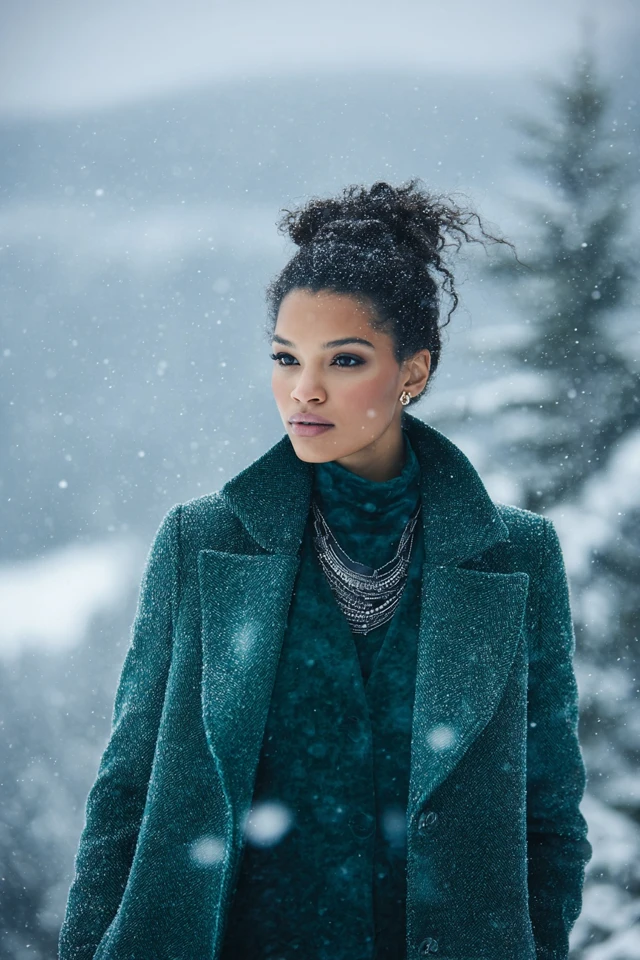
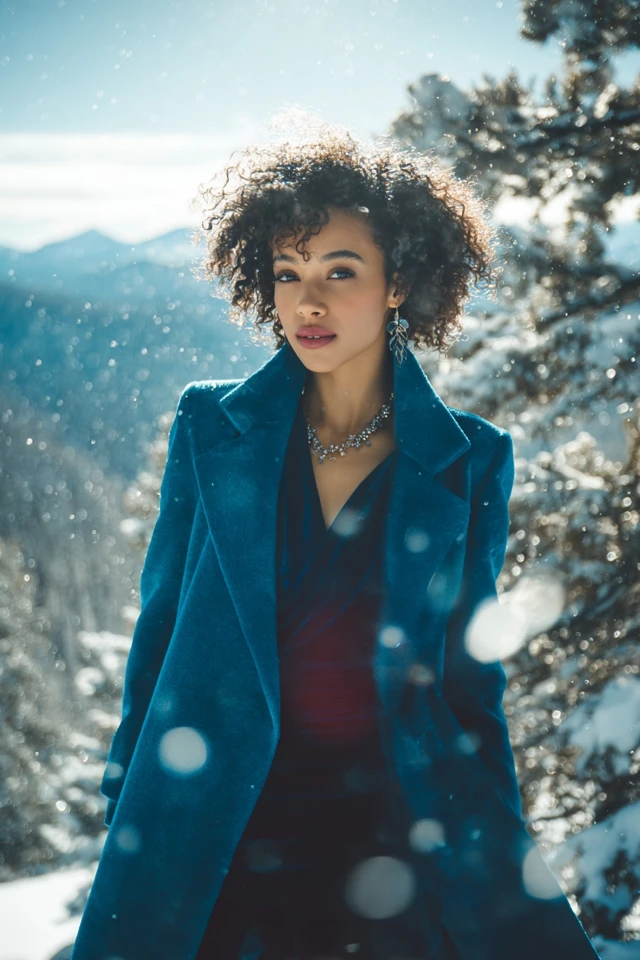
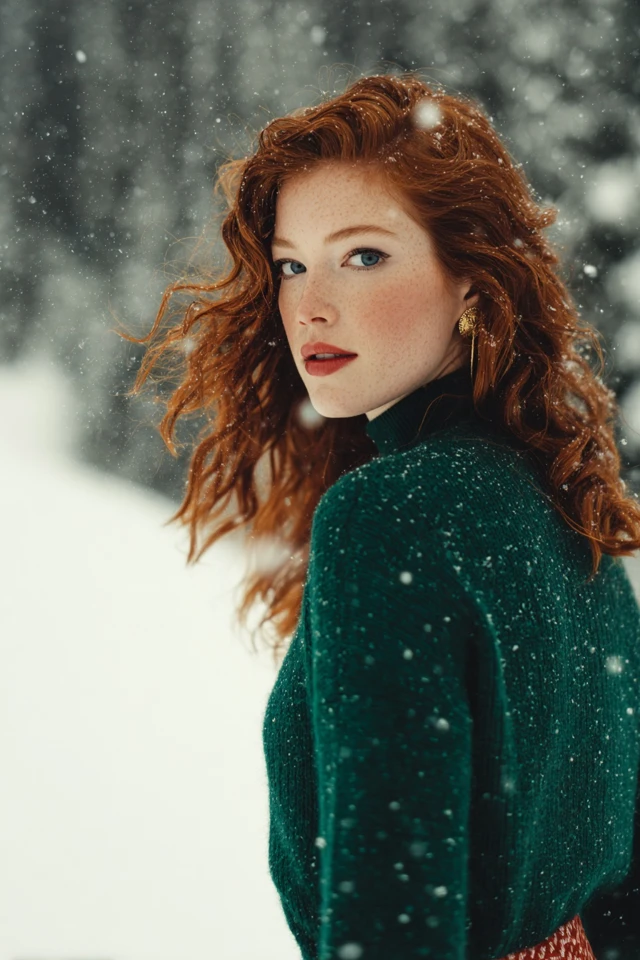
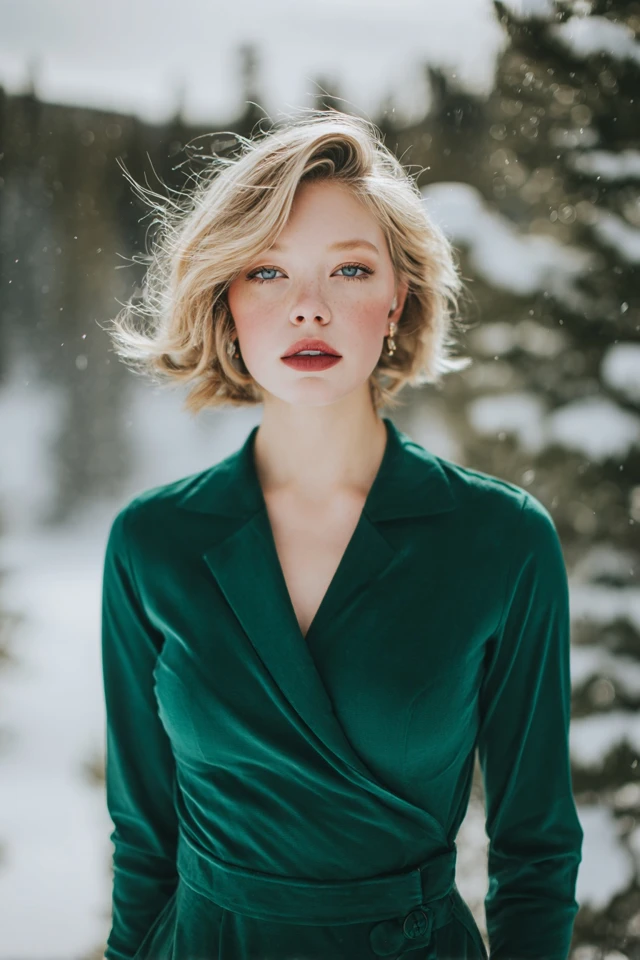
Color Psychology & Emotional Impact
Color wields incredible power in shaping emotions and perceptions. Academic research supports that individuals respond unconsciously to color cues, influencing first impressions that can form within seconds. For instance, studies on first impression science show that color choices in clothing can affect perceptions of warmth, competence, and attractiveness – vital areas in business settings.
In the winter, the palette often shifts to cooler, darker tones like charcoal, deep green, and burgundy. However, incorporating colors like burnt orange or mustard yellow can invoke warmth and approachability, counteracting seasonal gloom. Wearing color accents in accessories or layering pieces can subtly lift spirits and make you more memorable.
Moreover, the psychological benefits extend beyond others’ perceptions; your choice of colors can regulate your own mood and confidence. The color red, for example, has been linked to increased feelings of power and assertiveness—ideal for presentations or negotiations. Meanwhile, softer hues like lavender or pale blue promote calm and focus, perfect for long workdays or virtual meetings.
Personal Style & Body Type Considerations
Understanding your body type and complexion is paramount in selecting silhouettes and fabrics that celebrate your unique shape and enhance your natural coloring. Winter fabrics often add bulk, so strategic choices ensure a streamlined, elegant look.
- Hourglass: Emphasize your balanced proportions with tailored coats and wrap-style sweaters that cinch the waist. Avoid overly boxy or shapeless items.
- Apple: Opt for structured blazers and coats that elongate the torso, paired with V-neck layers to create vertical lines. Darker colors on top can be slimming, while lighter pants add balance.
- Pear: Draw attention upwards with statement scarves or embellished collars. A-line skirts and boot-cut trousers can balance wider hips, and rich jewel tones complement many skin tones.
- Rectangle: Create curves with peplum tops, belted coats, and textured fabrics like tweed. Layering with varied lengths adds dimension.
For complexion, winter tones tend to favor deeper, muted colors. Cool undertones look radiant in icy blues and emerald greens, while warm undertones glow in camel, rust, and olive hues.
Winter Style Self-Assessment Checklist
- Do you know your body type and best silhouettes?
- Have you identified your undertone (warm, cool, neutral)?
- Are your winter fabrics choosing warmth without bulk?
- Do your colors uplift your mood and confidence?
- Have you incorporated layering that flatters your shape?
Current Trends & Timeless Classics
This season introduces a refined palette focusing on earthy neutrals and subtle textures, with a resurgence of micro-check patterns and sustainable fabrics like organic wool and recycled polyester. Strategic layering is key, mixing tailored trousers with chunky knitwear or sleek leather accessories.
Trending seasonal colors include deep forest green, moody navy, warm caramel, and muted wine shades. These can be effortlessly blended with timeless classics: a crisp white shirt, tailored black pants, and camel coats.
A smart approach is pairing a statement piece—such as a camel wrap coat or patterned blazer—with perennial staples like a cashmere turtleneck or classic pumps. This ensures freshness without compromising the polished look essential in business casual.
Practical Tips & Recommendations
When assembling your winter business casual wardrobe, prioritize versatility and quality to maximize wear across contexts.
- Layer thoughtfully: Start with moisture-wicking base layers, add a softly structured sweater or blouse, then a tailored blazer or coat for warmth and refinement.
- Choose fabrics wisely: Cashmere, merino wool, and high-quality synthetics offer warmth and breathability without bulkiness.
- Invest in accessories: Leather belts, silk scarves, and minimalist jewelry can punctuate an outfit with personality and polish.
- Maintain your wardrobe: Regularly refresh dry cleaning items and use cedar blocks or lavender sachets to prevent moth damage in woolens.
- Color combos to try: Deep green blouse with tan trousers and a burgundy coat; navy knit dress with camel boots and a patterned scarf; charcoal pants with mustard accessories.
- Shopping advice: Focus on quality essentials you can style multiple ways rather than trendy fast fashion. Consider capsule wardrobe principles to streamline choices.
FAQs
Q1: How can I find my signature color for winter business casual?
A1: Assess your skin undertone and wardrobe favorites; experiment with colors that complement your complexion and boost confidence. Online quizzes and color swatch kits can aid this process.
Q2: How do I update my winter wardrobe on a budget?
A2: Prioritize key investment pieces like a bespoke coat or quality knitwear. Mix these with affordable basics in neutral colors, and accessorize strategically to refresh looks.
Q3: Can sustainable fashion fit into business casual winter trends?
A3: Absolutely. Look for brands using eco-friendly materials and ethical production. Natural fibers like wool and organic cotton are warm and sustainable choices.
Q4: What’s the best way to layer without looking bulky?
A4: Use thin, breathable base layers; select fitted mid-layers; and finish with structured outerwear. Tailored cuts and fabrics with some stretch help maintain shape.
Q5: How do I build a capsule wardrobe for winter business casual?
A5: Choose neutral, versatile pieces that mix and match seamlessly; add 3–4 statement items in trending colors; focus on quality and fit to streamline daily dressing.
Conclusion
Mastering business casual winter style is a rewarding journey that blends science, art, and self-awareness. By understanding how color psychology influences perception and confidence, tailoring outfits to your body type, and integrating current trends with timeless staples, you create a wardrobe that supports your professional and personal aspirations effortlessly.
Remember, fashion is a form of self-expression—never shy away from experimenting with hues, textures, and layers that resonate with your personality. Each outfit is an opportunity to convey strength, warmth, and authenticity in the ever-changing rhythm of the seasons.
I invite you to share your winter style discoveries, ask questions, and join the conversation. Subscribe to stay updated on trends, tips, and insights that empower you to dress to impress every day, no matter the weather.

